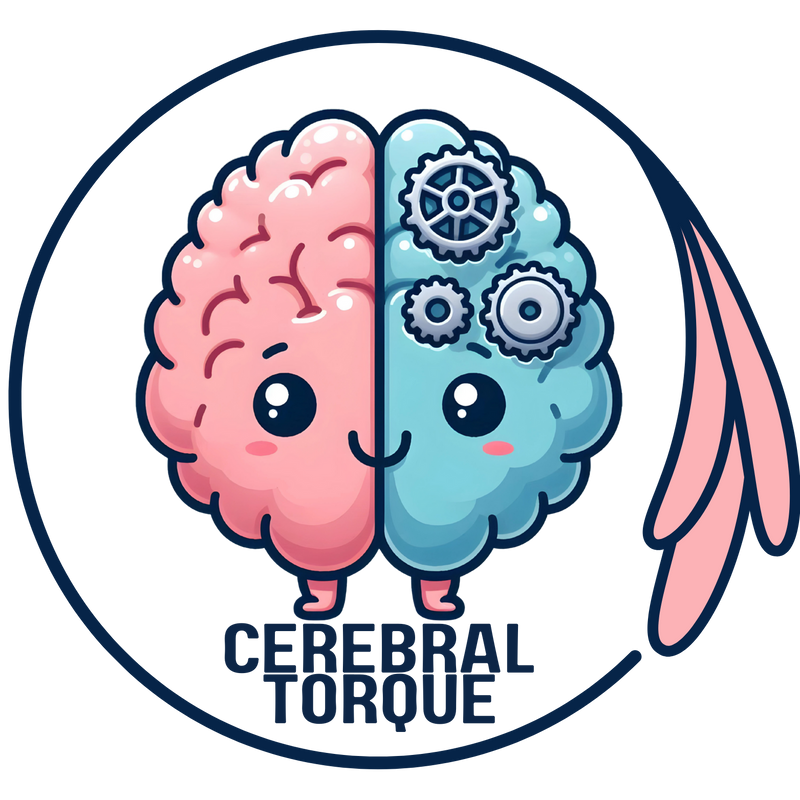Migraine Resources (Current and Regularly Updated)
Posted on June 08 2025,
Migraine Resources
Your comprehensive guide to understanding and managing migraine
📺 Educational Videos
Understanding Cortical Spreading Depression: Visual explanation of the wave of neuronal depolarization underlying migraine aura
"Ocular Migraine" vs Retinal Migraine: Clearing the confusion between these commonly misunderstood terms
📺 Comorbidity & Special Population Videos
Patent Foramen Ovale (PFO) and Migraine: Understanding the relationship between heart defects and migraine risk
The Relationship Between Neck Pain and Migraine: How cervical issues connect to migraine attacks
📺 Lifestyle & Prevention Videos
Modifiable Risk Factors for Migraine: Evidence-based factors you can actually control to reduce migraine risk
Migraine Trigger Avoidance: Is there a better way? (YES): Rethinking traditional trigger avoidance strategies
Tue, Jun 10, 25
Acute Migraine Treatment
Complete evidence-based guide to acute migraine treatment for adults. Learn optimal dosing for triptans, NSAIDs, CGRP antagonists & emergency protocols. Includes treatment pearls, medication selection strategies, and prevention of medication...
Read MoreTue, Jun 10, 25
Vestibular Migraine
Comprehensive guide to vestibular migraine: symptoms, diagnosis, and evidence-based treatment options for migraine-related vertigo and dizziness. Learn about causes, triggers, medications, and long-term management strategies for this common but underdiagnosed...
Read MoreSun, Jun 08, 25
Migraine Resources (Current and Regularly Updated)
Your comprehensive guide to understanding and managing migraine
Read More
